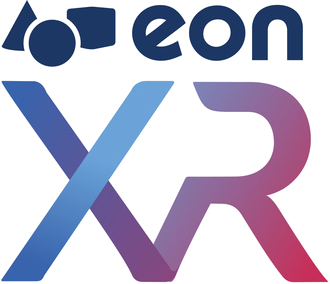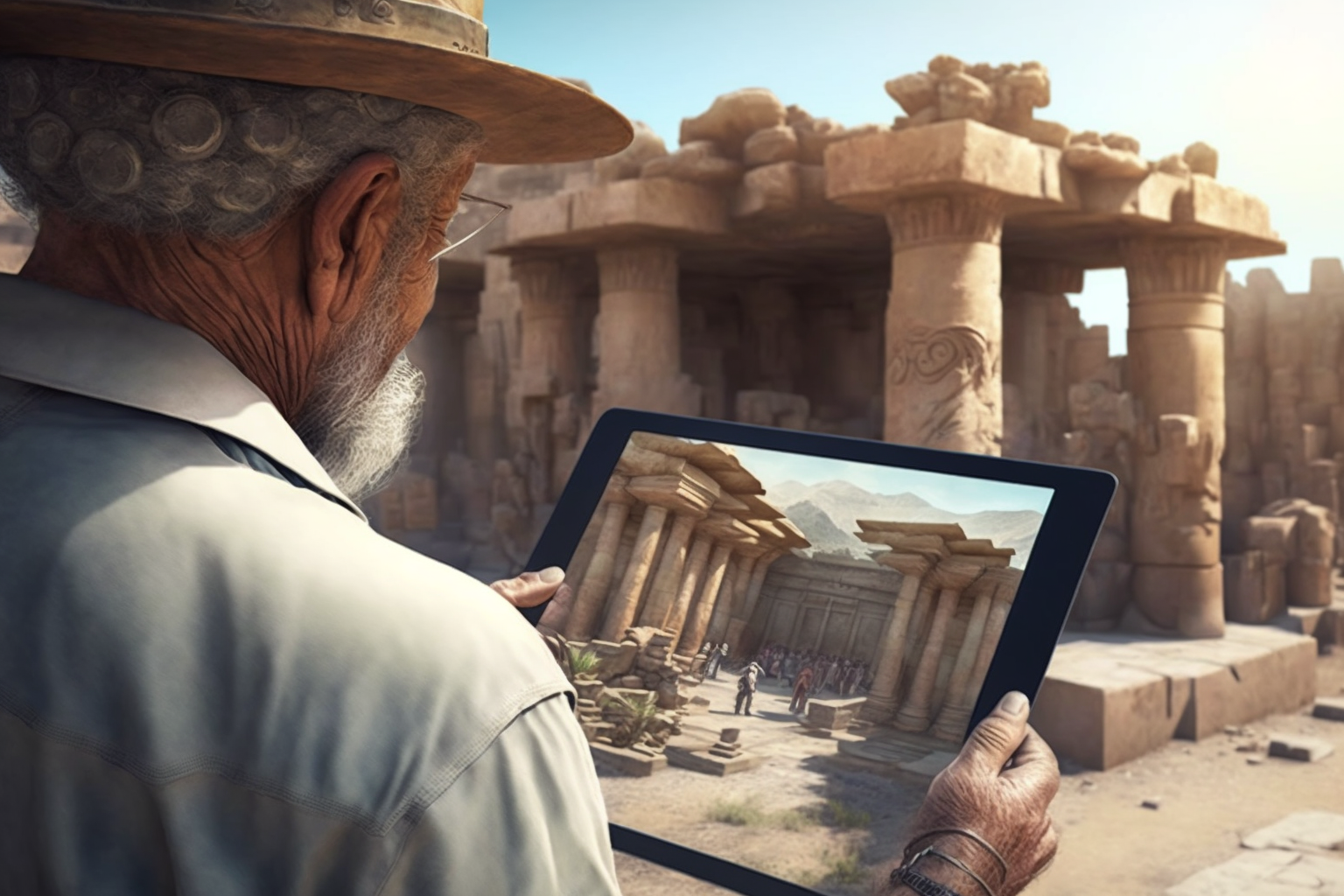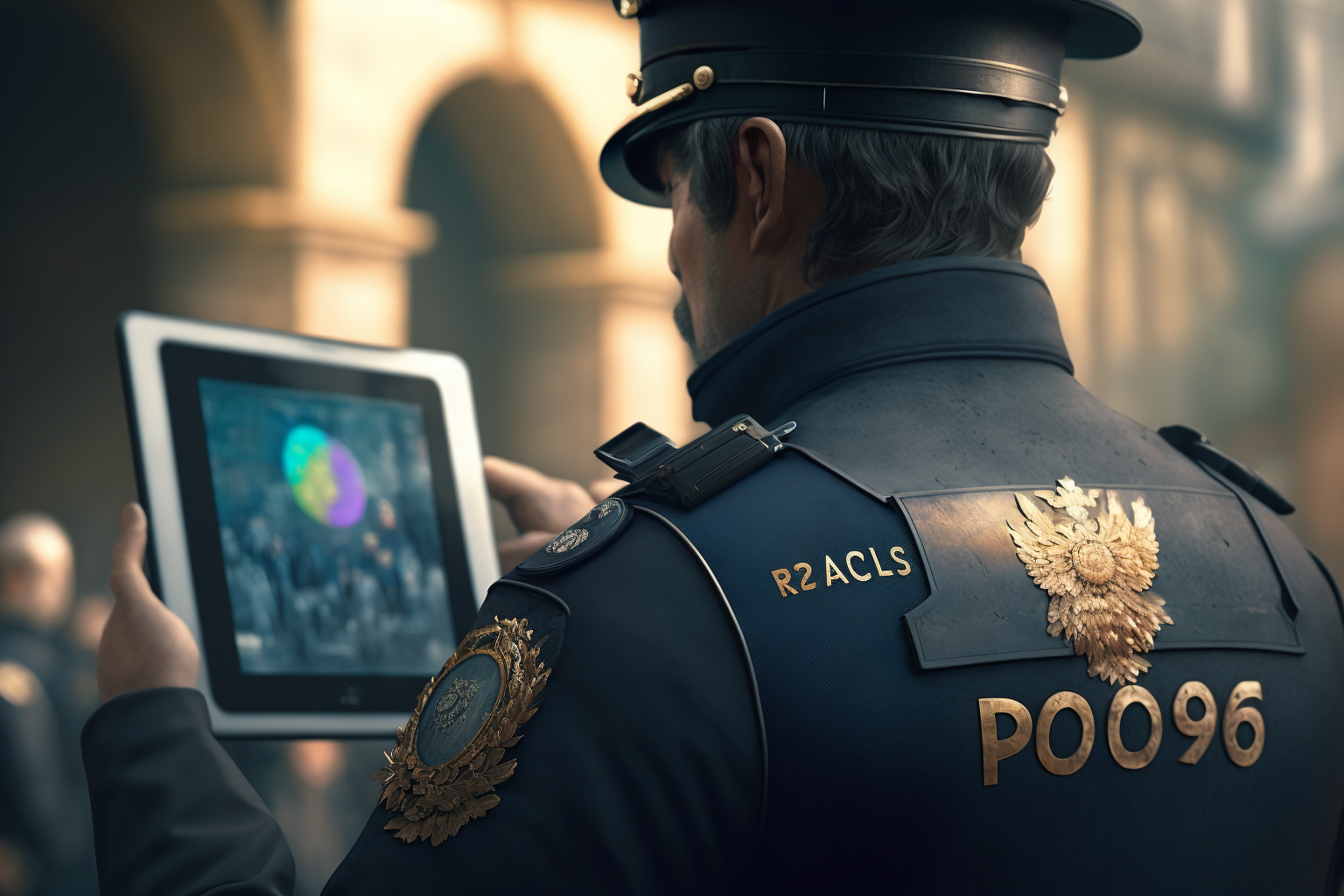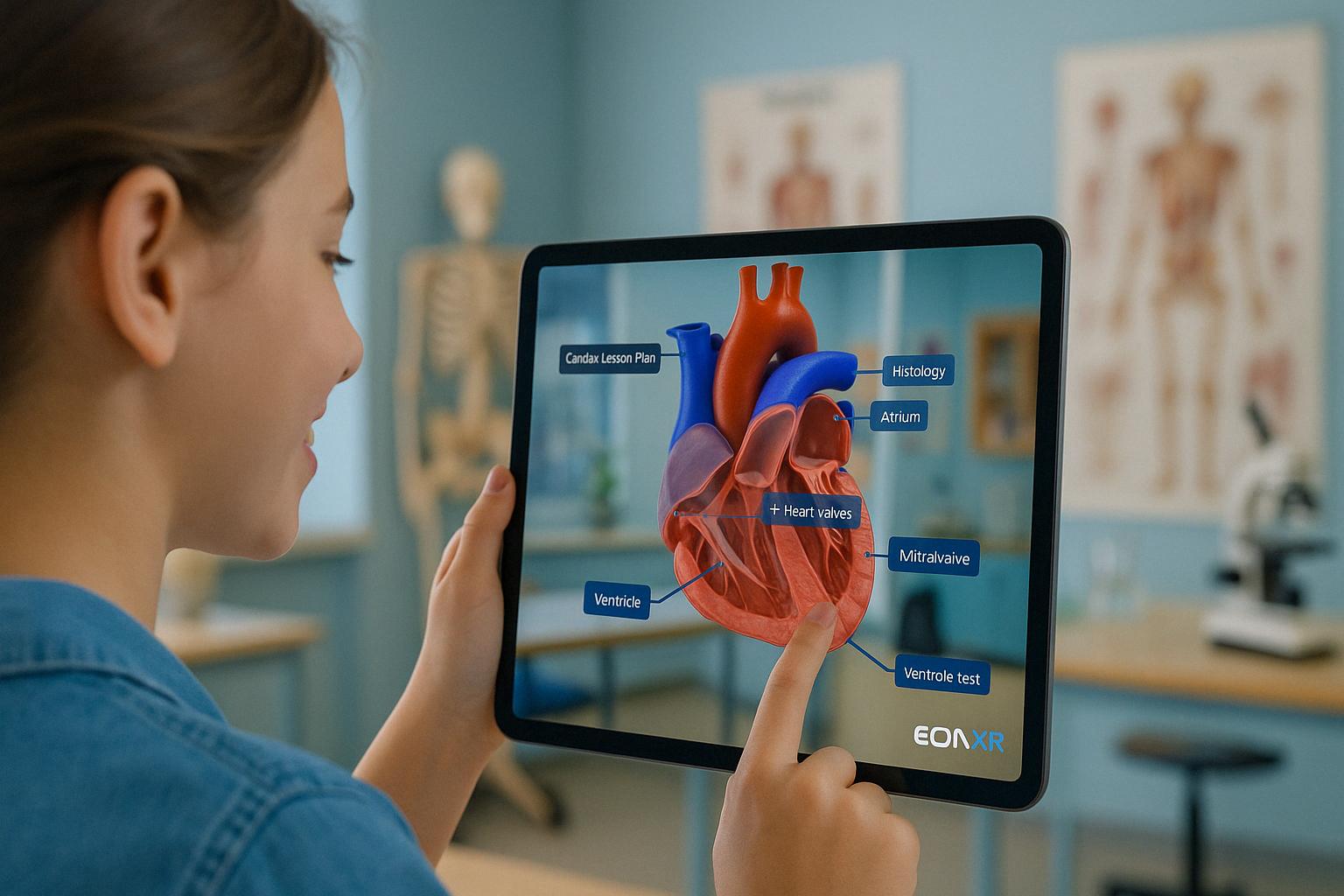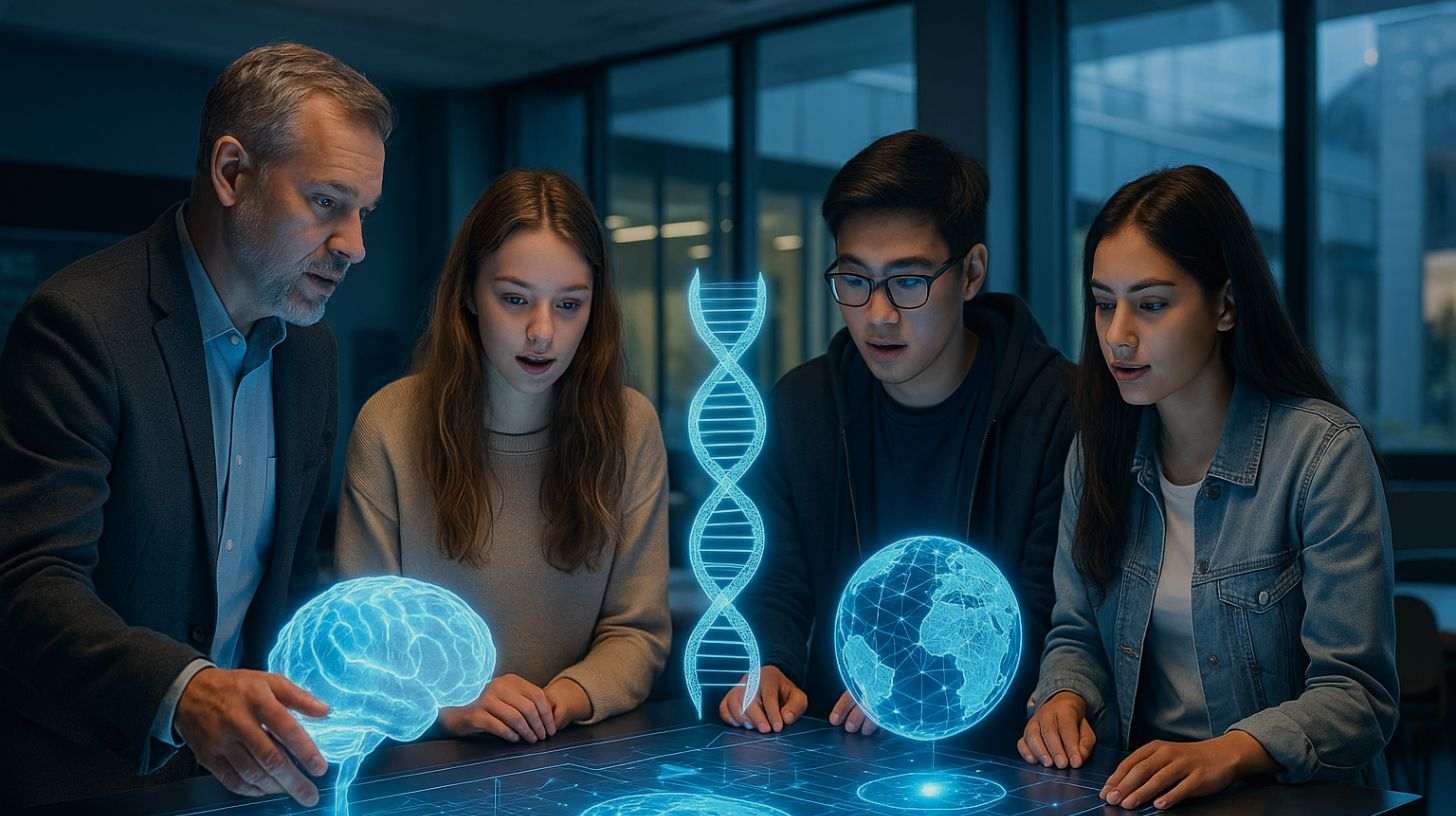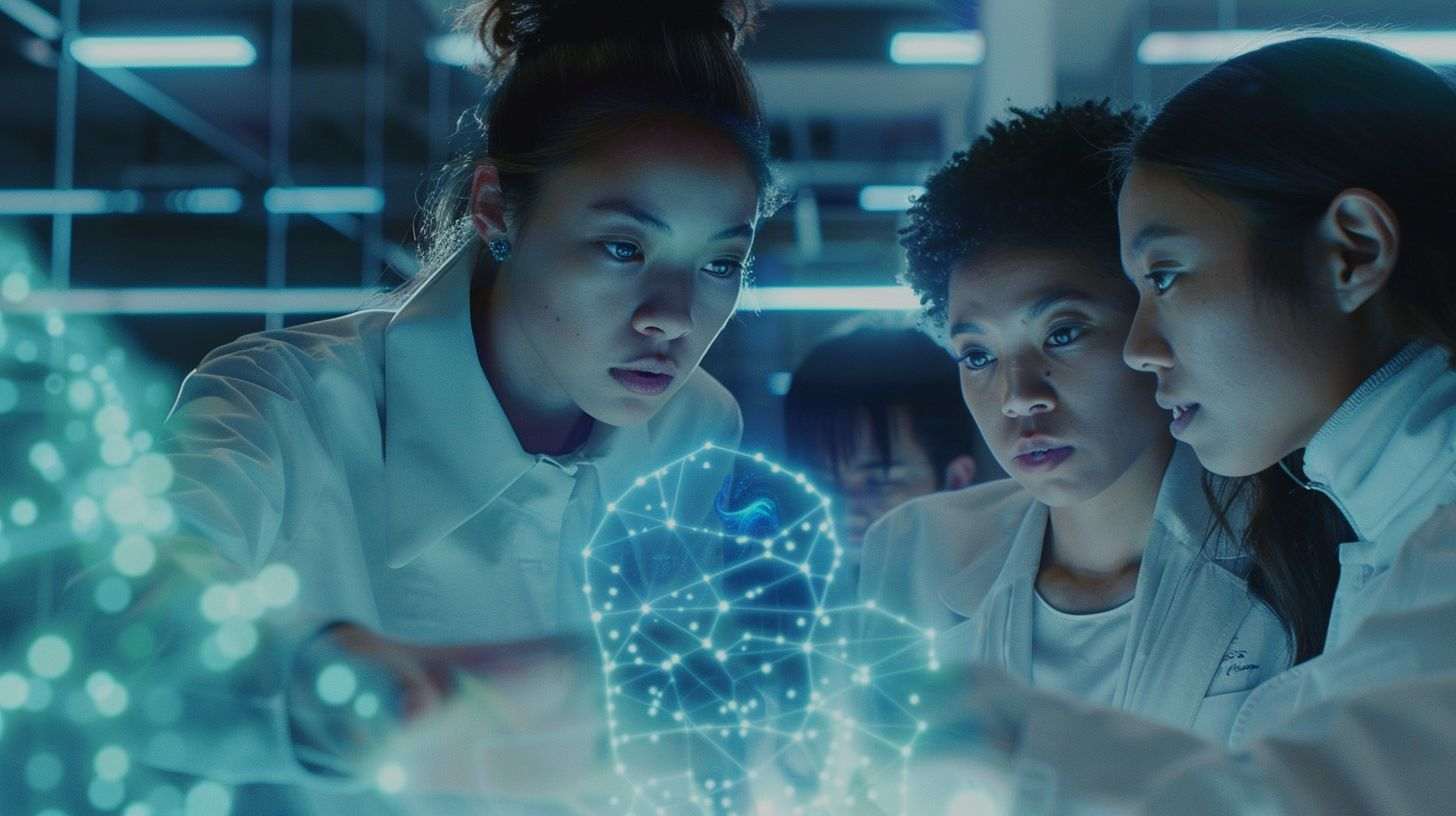Dr. Peter Looker, Chief Learning Officer at EON Reality, in a series on how classrooms can use EON-XR to design effective learning activities, shares with us how teachers can integrated self-directed learning with our flagship EON-XR Platform.
EON-XR offers a unique opportunity for students to undertake both self-directed learning and authentic assessment.
Here, we describe why EON-XR is suitable for students to conduct their own learning as well as both formative and summative assessment, and how instructors can create a pedagogically meaningful framework for students to undertake self-directed learning using it.
Research-Based Guidelines on Student Learning
There is now a mountain of research to show that students learn better through active and participatory learning than when they are given information through didactic means such as lectures. The Guidelines on Learning that Inform Teaching (developed at the University of New South Wales and used at schools such as MIT) are a distillation of this research into a form that instructors can apply to their management of student learning. Of the 16 guidelines, the following are directly applicable to the advantages of using EON-XR for self-directed learning:
- Effective learning is supported when students are actively engaged in the learning process at every stage
- Effective learning is supported by a climate of inquiry where students feel appropriately challenged and activities are linked to research and scholarship
- Activities that are interesting and challenging, but which also create opportunities for students to have fun, can enhance the learning experience
- Students become more engaged in the learning process if they can see the relevance of their studies to professional, disciplinary and/or personal contexts, for example through linking learning experiences to the workplace or wider community
- When students are encouraged to take responsibility for their own learning, they are more likely to develop higher order thinking skills such as analysis, synthesis and evaluation and be better prepared for lifelong learning
- Learning cooperatively with peers – rather than in an individualistic or competitive way – may help students develop interpersonal, professional and cognitive skills to a higher level
- Clearly articulated expectations, goals, learning outcomes and course requirements increase student motivation and improve learning
Why Use EON-XR for Self-Directed Learning?
EON-XR is designed to be user-friendly and requires no special technological expertise outside of normal day-to-day use of smartphones and computers. It is technologically easy for teachers and students alike to create learning activities and experiences.
Here are some of the reasons EON-XR is uniquely suited to student self-directed learning:
- It’s a tool that can be used anywhere and anytime on mobile, tablet, desktop, or VR headset
- It requires students to learn contextually by seeing, analyzing, and manipulating the content in 3D.
- The multi-user features motivate students to share and undertake peer learning.
- There is greater likelihood of peer review, as students can show one another what they have created and get feedback.
- A key feature for student learning is the on-screen recording, which requires a degree of effort and discipline to manipulate the model and discuss it in a meaningful way. Using the text-to-speech feature also disallows cut and paste plagiarism
- It allows the easy creation of multimedia learning activities and experiences with voice recordings, videos, text. This means students need to develop their skills at using different elements to create a coherent and meaningful product.
The use of these functionalities and features can be made part of the criteria by which student performance is assessed, so that high-quality deep learning is an outcome.
A Framework for Self-Directed Learning with EON-XR
Self-directed learning can be more or less open-ended, but it requires at least some framework. In some scenarios, students will determine what they are studying and what their goals are in negotiation with the teacher.
Here, EON Reality suggests that EON-XR could be used in this way — with students selecting the topic, context and content they want to work with — but for something less open-ended, here’s a framework with some criteria.
In a more directed setting, the teacher will explain the intended goals, and the students then have to determine how they are going to use EON-XR to achieve the goals.
Process
- Give students a guided demonstration of EON-XR and its functionality, so that they can see how it looks on different devices. An overriding direction here is that the students are creating a learning event that can be used by someone else — meaning that the students are the “teachers.” It should be demonstrated to the students how the different parts of the event inform each other, so that it is not just a series of disconnected functionalities.
- Set a relatively open-ended topic. For example, if students need to learn about the circulatory system, the instruction could be “The goal is to construct a lesson that demonstrates how blood gets around the body.” It is then up to the students to choose the right model, videos, explanatory memos, and so on.
- Set criteria that are appropriate. For example, students should connect components of the event with memos and use text-to-speech (rather than their own audio). They should include only videos that they can connect directly to the context. Quizzes should be used for concepts, not the naming of parts, and so on. In other words, students are to be encouraged to think in terms of analysis, synthesis and logic rather than in a random cut-and-paste way. (The labelling of parts is proven to be a very poor way for students to learn and does not transfer to everyday problems, so it should be avoided unless it is explicitly tied to conceptual thinking.)
- After they have created their lesson, ask students to explain what they were trying to achieve and how successful they were. Alternatively, peers can be asked to say how successful the lesson is for learning.
- The lesson can be used for either formative or summative assessment. In order to ensure high quality, the criteria against which they are to be judged should be clear and encourage deep learning and coherence. Each component of the session — whether it be a memo, x-ray, on-screen recording, or something else — should have meaning as part of the whole. Videos should be chosen not in a cut-and-paste way because they mention the topic, but because they have intellectual quality and depth.
Final Note to Instructors
Learning requires effort on the part of the learner — and it is from effort that people learn — but the effort should be enjoyable. EON-XR is certainly easy to use, but creating a comprehensive lesson requires thought, time and effort. If we encourage students to create in EON-XR, we are not only asking them to bring in some research, discrimination, judgment, and knowledge, but we are also asking them to learn about how to frame the world with current technology and exercise their creativity.



